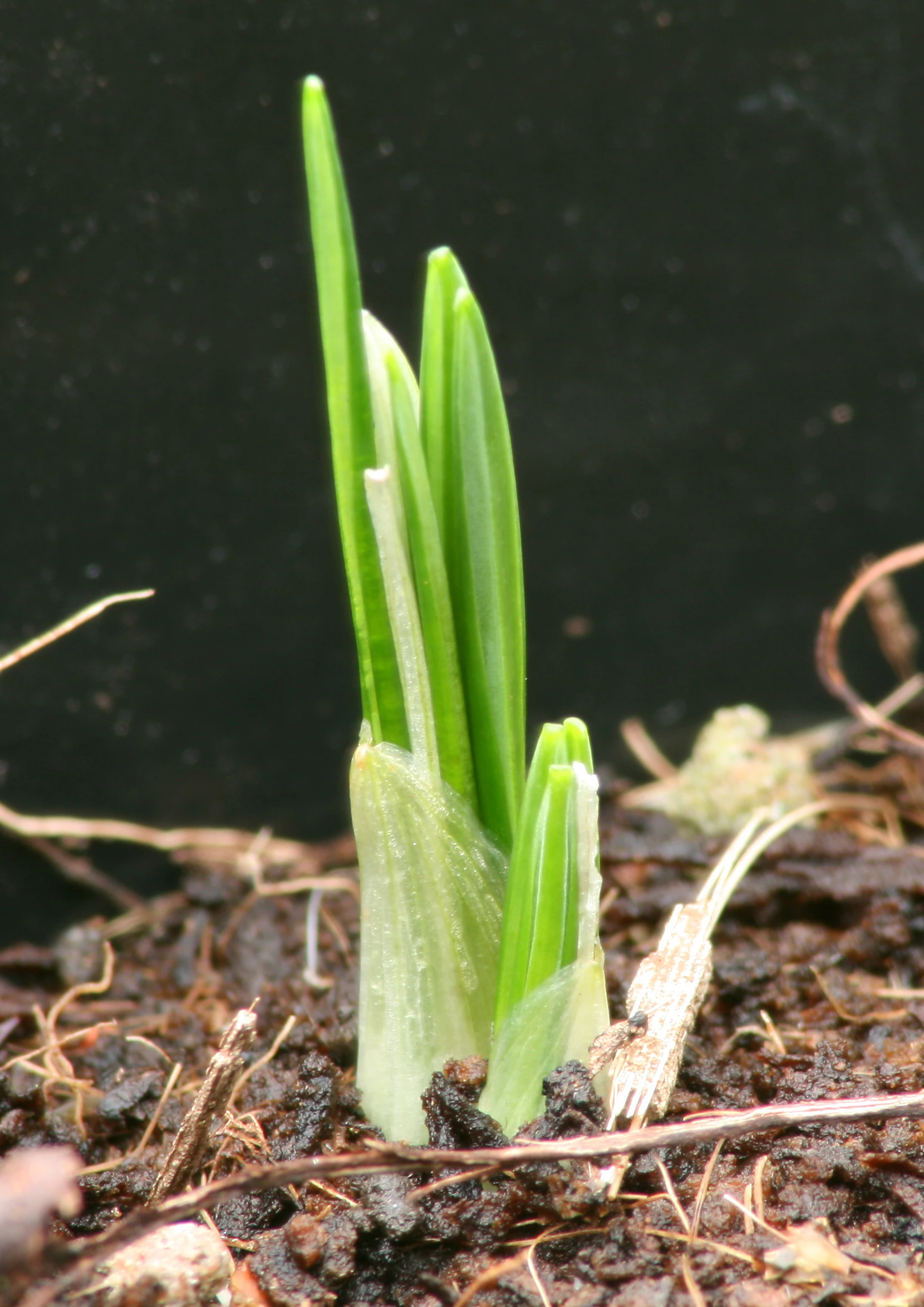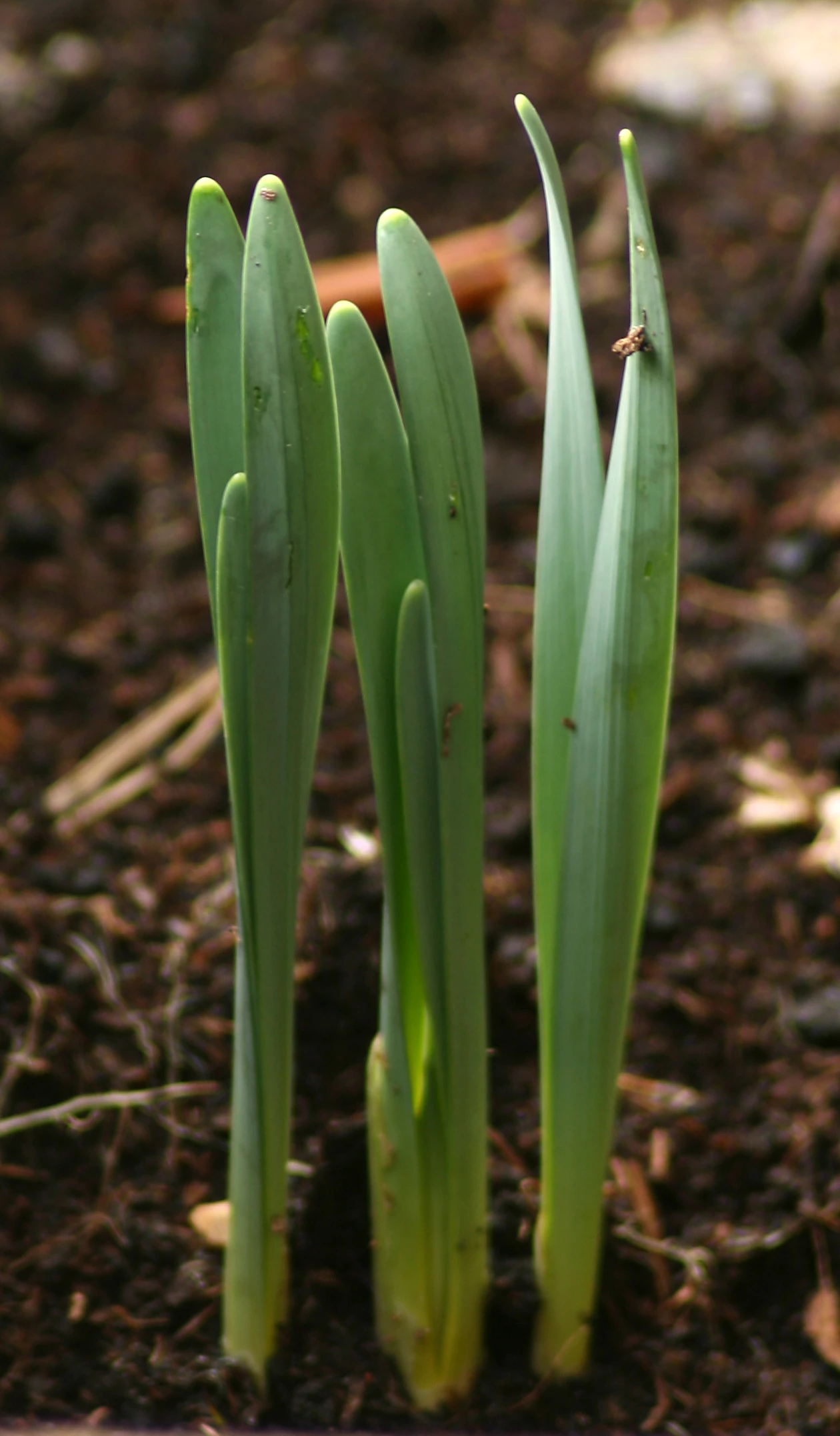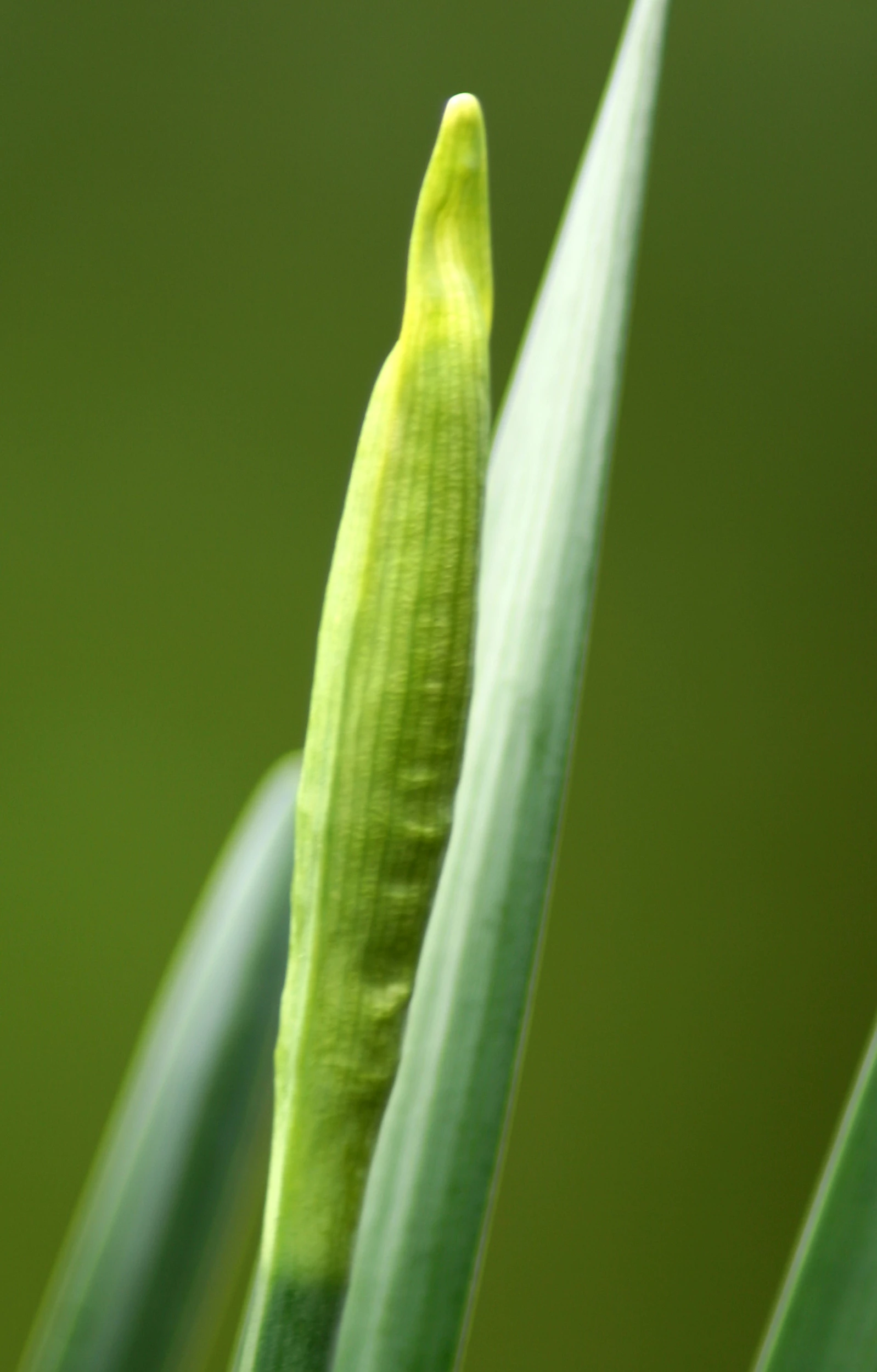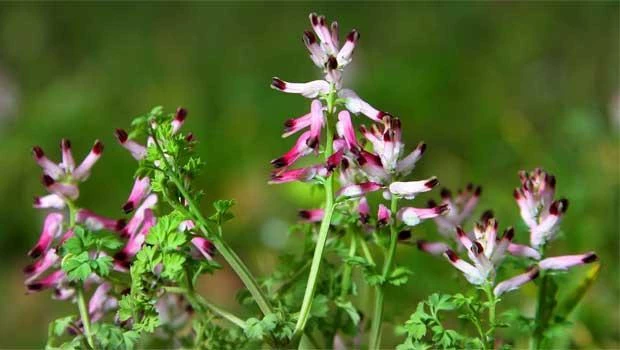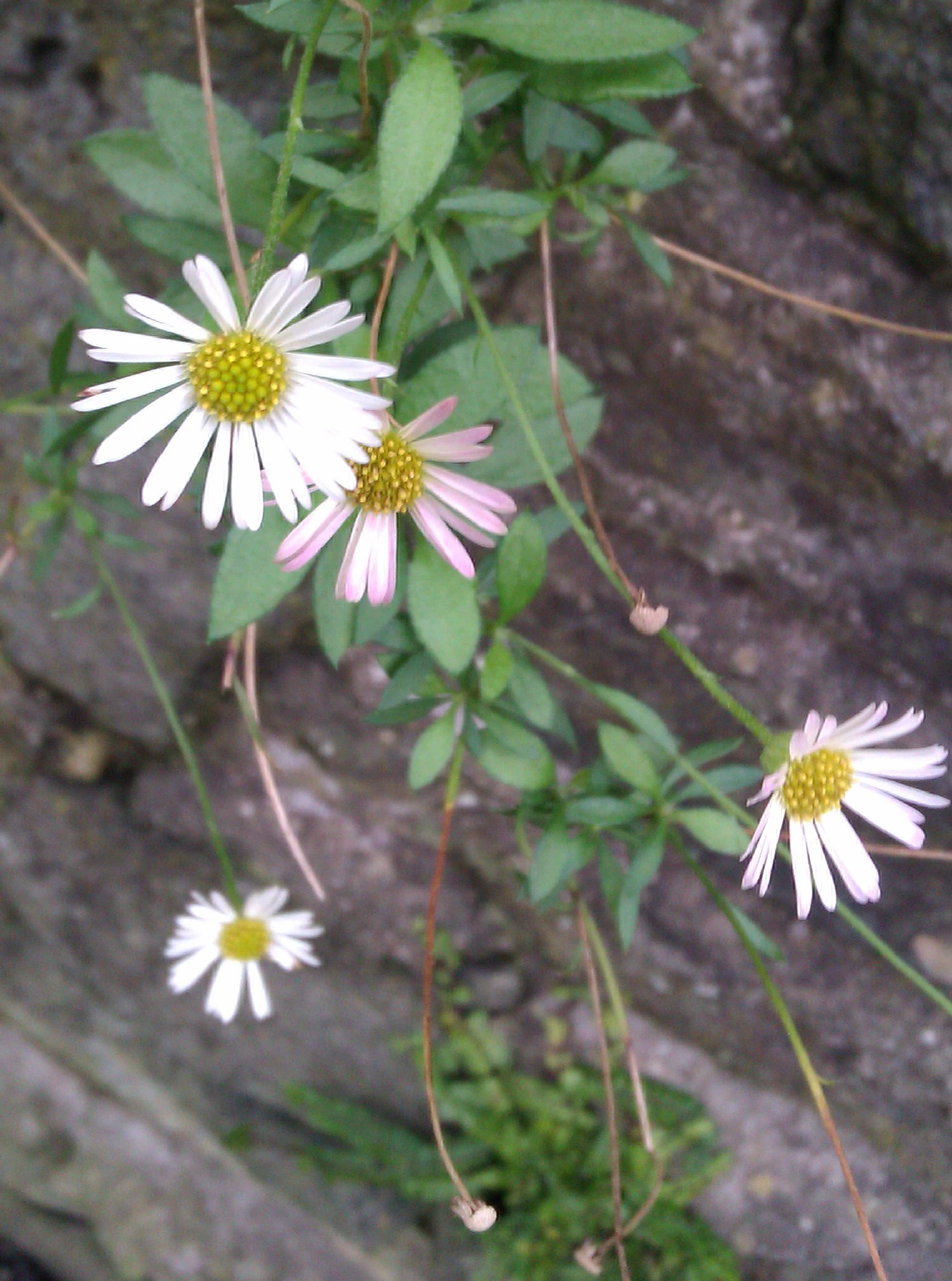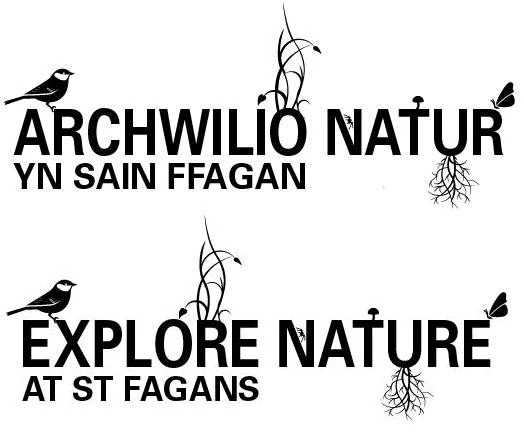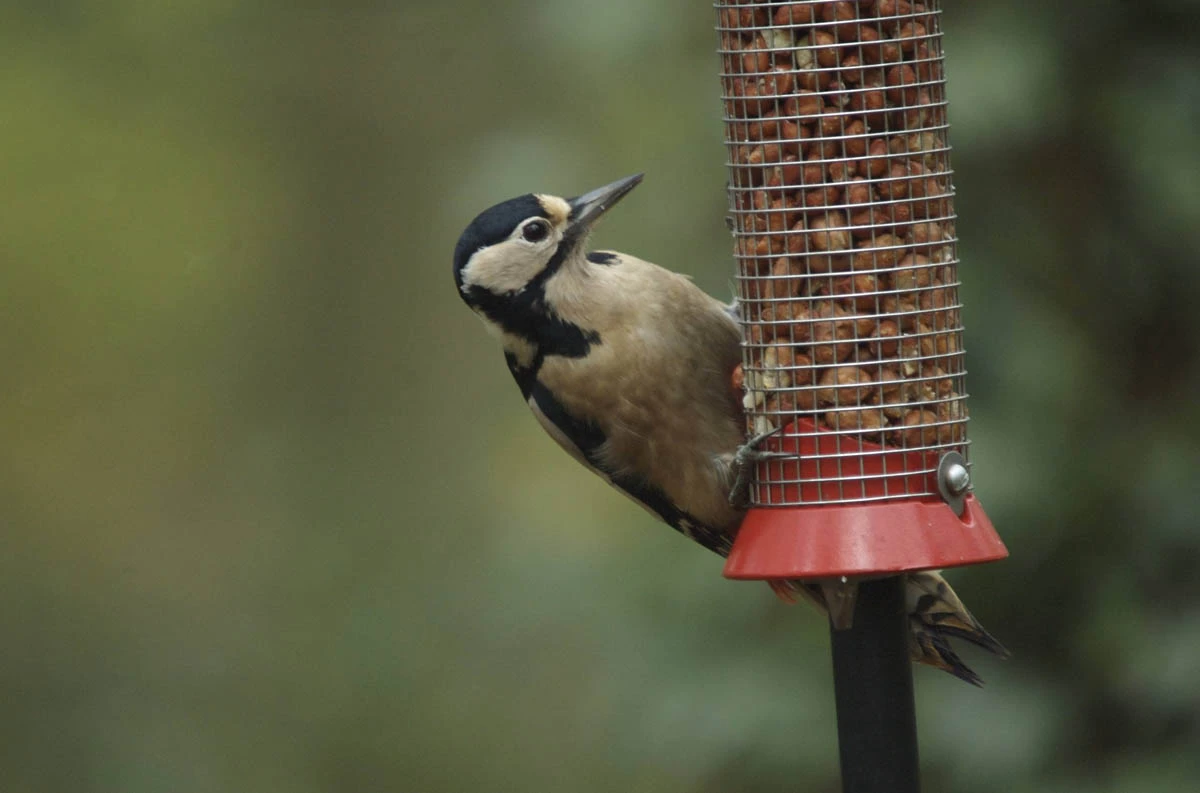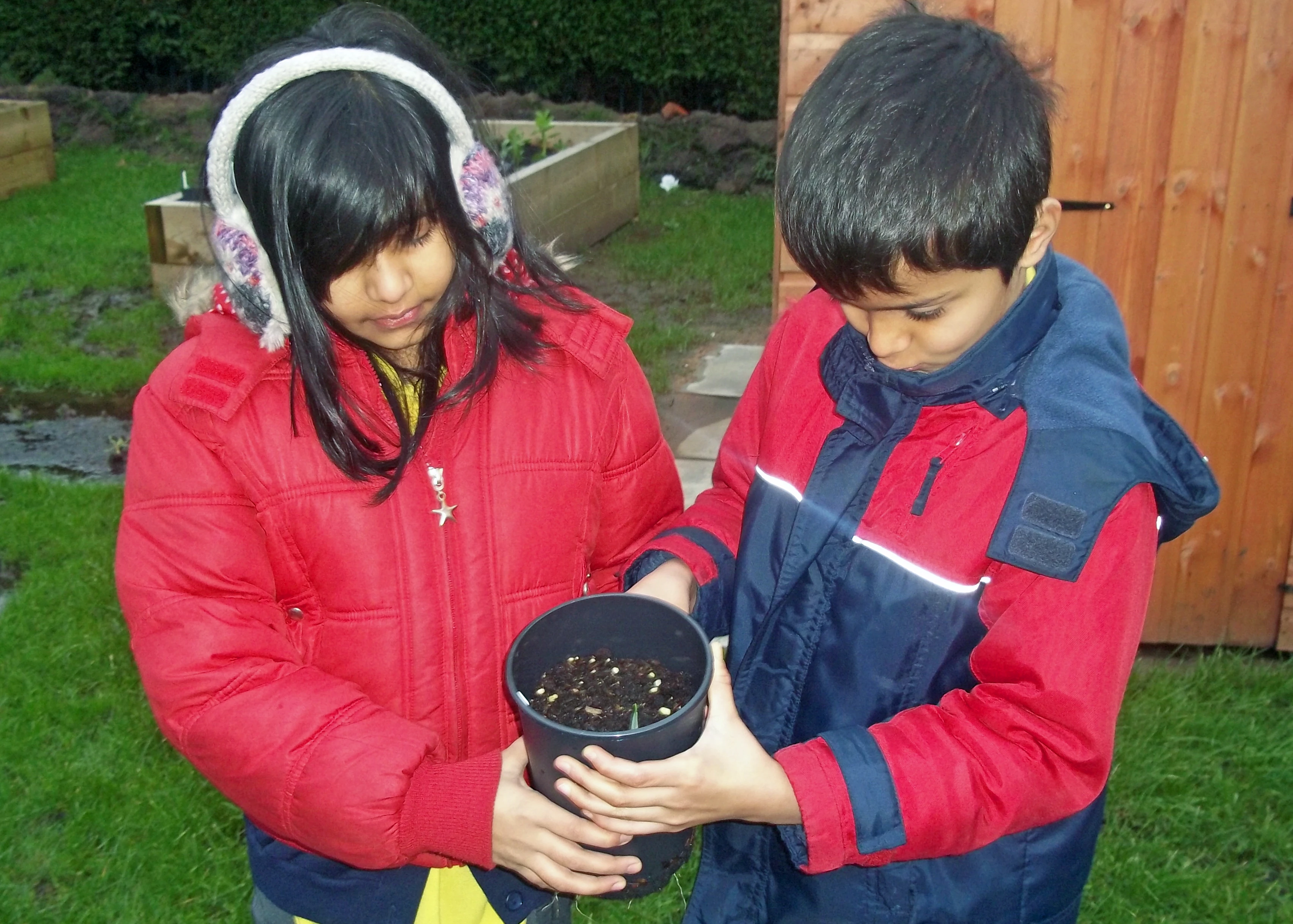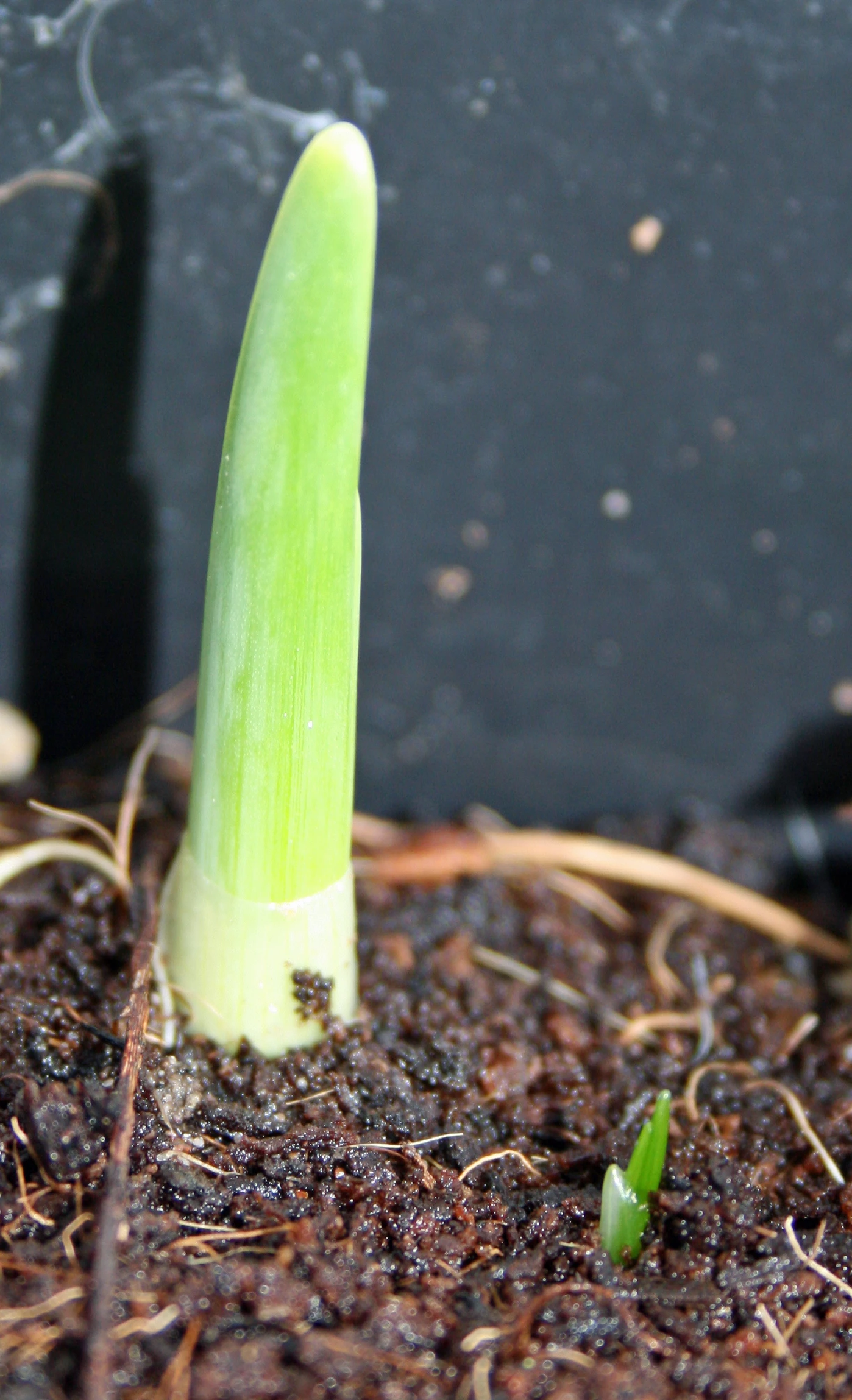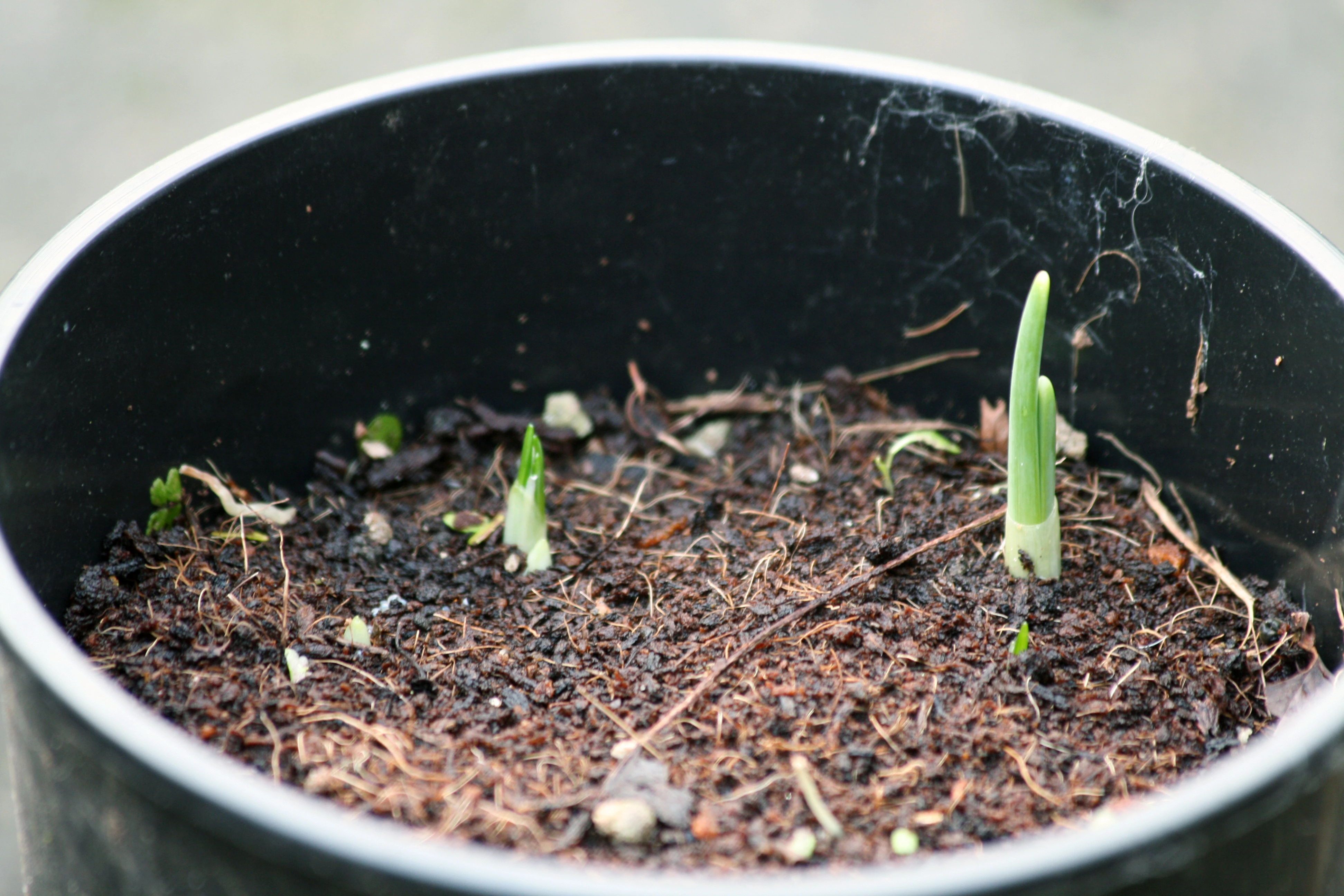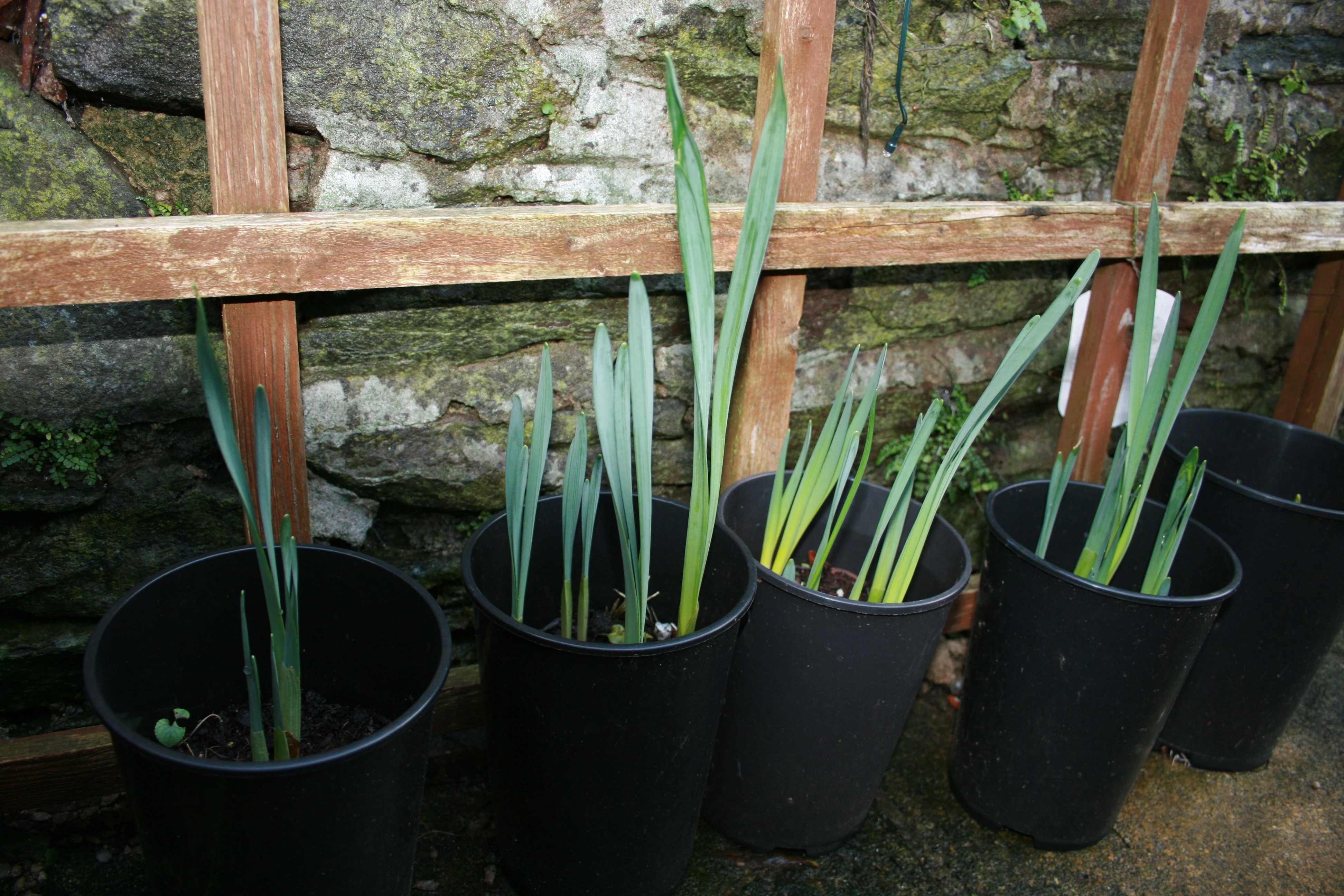Crocus watch!
, 23 January 2012
Crocus:
Watch your crocus very carefully over the next few weeks. They could flower any time, especially if your school is in the South or near the coast. See the reports below from schools that have seen signs that their flowers are on the way.
Since the 6th of January my Crocus has grown 1cm taller. The tiny leaves and buds have pushed through the soil, so I predict that I will have some flowers next week or the one after. See my picture and compare it with your own.
Daffodils:
My Daffodils are 6 cms taller, but I think they could take another 3-5 weeks to flower.
The daffodils I planted in autumn 2010 have already grown their buds, so it should only be a week or two now before they flower. Look at these pictures so you know what to look for - when yours start to appear.
Answers to your comments:
Westwood CP School - Bulbs are starting to push through - no flowers yet - not too far away. Prof.P: Great news - I can't wait to see the pics!
Ysgol Bro Cinmeirch - Wythnos gwlyb iawn yma! Athro Ardd: Gobeithio bod y bwrw wedi gorffen nawr!
Stanford in the Vale School - Dear Professor plant. What a week! Bitter cold at the start of the week and then considerably warmer towards the end of the week! The children have been hoping for snow :-) Kind regards, Gardening Club. Prof.P: Yes the weather has been very changeable, snow would be lovely but it could harm the flowers!
Woodplumpton Primary School - We are excited that some of our bulbs have started to grow. Now we are looking closely every day and worrying a bit about ones that haven't appeared! Prof.P: Great that some bulbs are coming through, don't worry about the others they should come in their own good time!
Christchurch CP School - Some of the bulbs started to grow. Green shoots have started to come though! Excellent news! Prof.P: Watch them very carefully now.
Laugharne VCP School - We were very excited when we returned to school after the Christmas break to discover that 8 of our daffodils and one of our crocuses have started to grow! We couldn't believe it very early! Prof.P: So exciting! Keep watching to catch those flowering dates.
